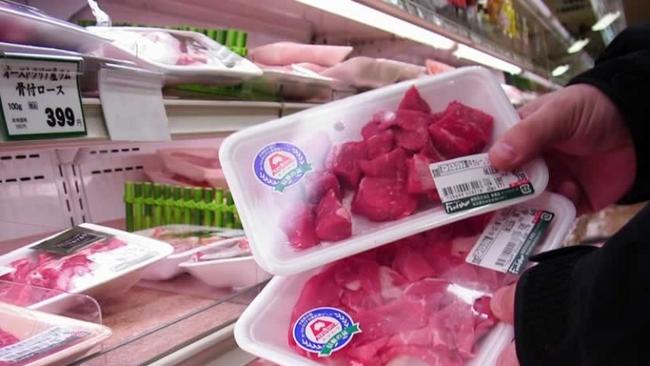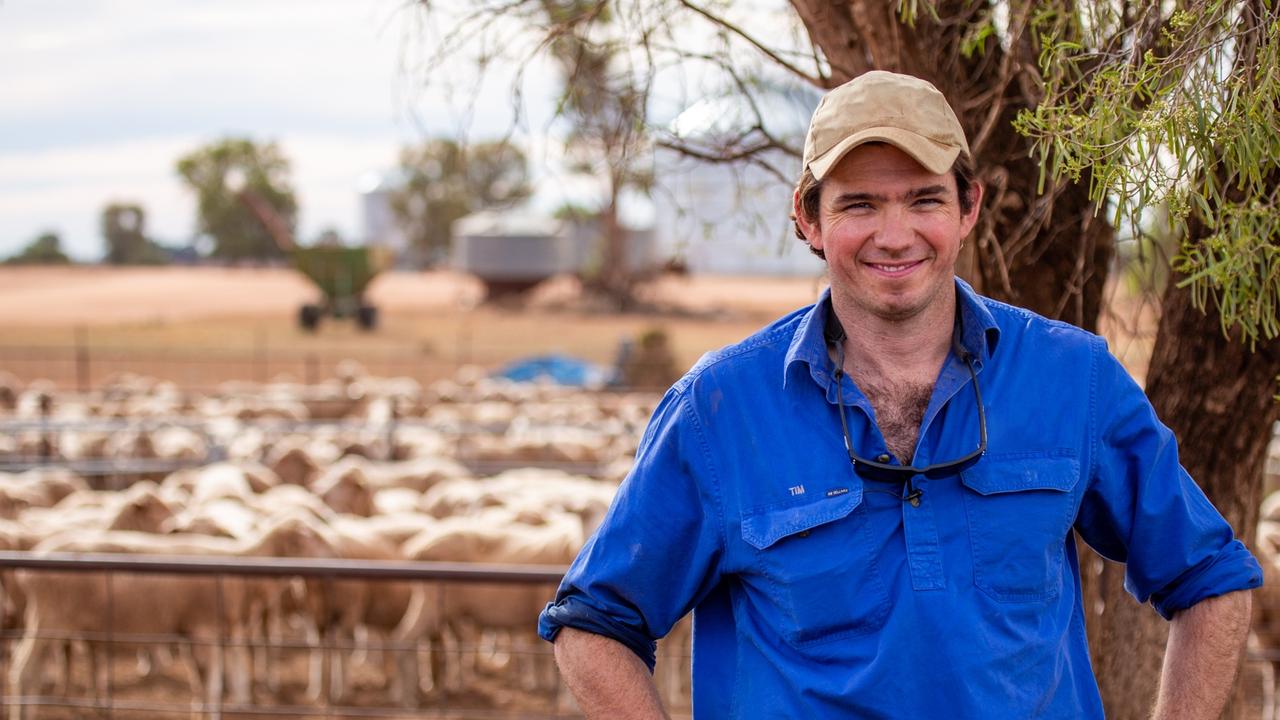Red meat exporters facing more challenges as volumes drop
As restocking continues to hinder Australian red meat exporters, the screws on them may be about to tighten even further.

RED meat exports have dropped by more than 20 per cent compared to same time last year as the restocking continues to hamper Australian export volumes.
And the sector could face further challenges in coming months as low stock numbers conspire with a rising Australian dollar and high livestock prices to put the screws on exporters.
According to the federal Department of Agriculture, red meat exports for March 2021 put total red meat exports for the first three months of the year at 343,076 tonnes, a 22 per cent decline compared to total red meat exports same time last year, at 443,001 tonnes.
Red meat exports for the month of March reached 139,590 tonnes; an 8 per cent decline on the 152,095 exported in March 2020.
Total beef and veal exports last month reached 83,438 tonnes, while lamb exports totalled 22,661 tonnes.
Meat and Livestock Australia analyst Stuart Bull said while the report reflected a decline in year-on-year exports, one positive was the lift in exports, month-on-month, for cattle.
“In January cattle exports reached about 49,000 tonnes, in February 66,000 tonnes, and March 83,000,” Mr Bull said.
“It looks more negative when we look at the longer term trends, but predictions are slaughter is going to be the lowest in about 30 years, based on where the herd is at.”
The National Livestock Reporting Service Eastern States report put slaughter at 1,206,404 for the March quarter, the lowest in two decades.
And, the latest Rabobank beef quarterly report, published yesterday, forecast challenges for the Australian beef market in coming months, with a low national herd, high cattle prices, an strong Australian dollar and reduced access to China “creating headwinds”.
Rabobank analyst Angus Gidley-Baird said the established export markets of Japan, South Korea and the US could be less affected by the impact of high Australian beef prices when compared to China.
“Japanese and South Korean markets have remained relatively steady through 2020 and
these longstanding markets are expected to maintain import volumes of Australian beef in
2021, although we will face strong competition from the US, which is anticipated to
increase exports through the course of 2021,” Mr Gidley-Baird said.
“High US cow slaughter is expected to continue in 2021, but strong domestic beef demand
and good quick service restaurant sales there are set to support prices for lean
Australian manufacturing beef into the US.”
MORE
CATTLE SHOW MIXED RESULTS, LAMB PRICES SOFTEN


